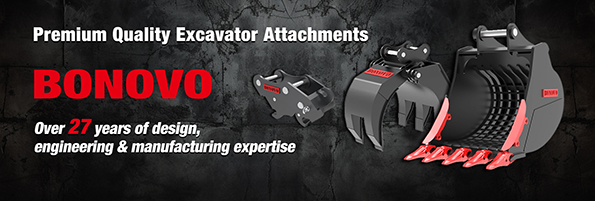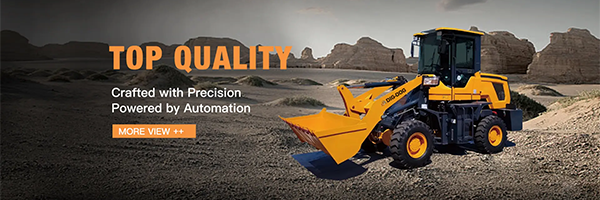1. Daily inspection
Appearance inspection
Check the appearance of the machine for damage, such as scratches, dents or cracks, especially the bucket and connection parts.
Check for signs of hydraulic oil, fuel or lubricant leakage. If there is a leak, it should be dealt with in time.
Fluid level inspection
Check the hydraulic oil, fuel and engine lubricant levels to ensure that the levels are within the normal range. If the level is too low, add it in time.
Check the coolant level to prevent the engine from overheating.
Tire inspection
Check whether the tire pressure is normal and whether there are wear, cuts or foreign objects embedded on the tire surface. Make sure the tire tread is deep enough to provide good grip.
Electrical system inspection
Check whether the battery connection is firm and the battery level is normal (if it is a maintainable battery).
Check whether the lights, horns and other electrical equipment are working properly.
2. Regular maintenance
Replace filters
Regularly replace fuel filters, oil filters and air filters to prevent impurities from entering the engine and hydraulic system and affecting performance.
Depending on the severity of the operating environment, the filter should generally be replaced every 100-200 hours.
Replace lubricating oil and hydraulic oil
Regularly replace the engine lubricating oil and hydraulic oil according to the manufacturer's recommendations. Generally, replace them every 500-1000 hours.
When replacing the lubricating oil, replace the oil pan gasket and seals at the same time to ensure a good seal.
Check and adjust chains and belts
Check the tension of the drive chain and belt. Too loose or too tight will affect the performance and life of the equipment. Adjust or replace as needed.
Clean the radiator and cooling system
Regularly clean the radiator and cooling system to prevent clogging with dust and debris to ensure good engine cooling.
You can use compressed air or low-pressure water for cleaning, but avoid damaging the radiator.
3. Long-term parking maintenance
Preparation before storage
If the equipment needs to be parked for a long time, the fuel tank should be filled with fuel and fuel stabilizer should be added to prevent the fuel from deteriorating.
Park the equipment in a dry, well-ventilated place to avoid humid and corrosive environments.
Battery maintenance
If the equipment is not used for a long time, the battery should be removed and stored in a dry and warm place, and charged regularly to prevent battery self-discharge damage.
Lubrication and rust prevention
Before long-term parking, lubricate all lubrication points to prevent rust.
Apply anti-rust oil to metal surfaces, especially buckets and exposed metal parts.
multifunctional skid loader,Multifunctional skid steer loader attachments,Skid Steer Loader Attachments
Choose DIG-DOG for high-quality, customizable brush cutters for skid steers with fast delivery. Contact us today to discover how our superior products can enhance your land management tasks!
for more info just visit our website at www.dig-dog.com
contact # : +86 158 6218 2088
email : sales@bonovogroup.com
Do you know how to maintain a skid steer loader?
- DIG-DOG
- Counselor
- Posts: 645
- Joined: Oct 20th, '24, 22:38
- Location: China

